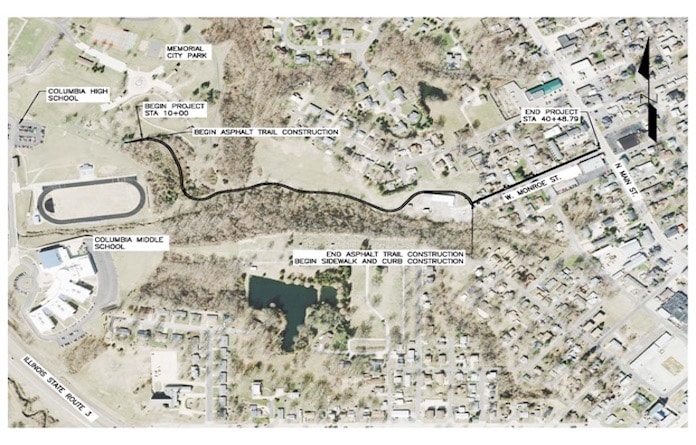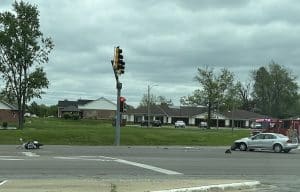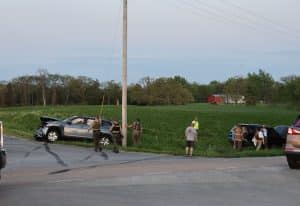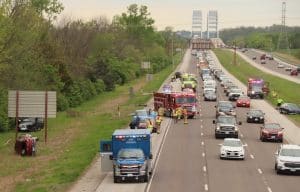New trail OK’d in Columbia

The Columbia Department of Public Works has another project to add to its already busy schedule.
The city recently received a Transportation Alternatives Program grant, a federally-funded program designed to improve pedestrian and non-driver access to public transportation and to enhance mobility throughout the city.
This grant provided the city with $232,000 to help create the Bolm-Schuhkraft Connector Trail.
The trail is part of the existing “Explore Columbia” plan and will connect the existing loop trail in Bolm-Schuhkraft Memorial Park east of Columbia High School with North Main Street.
The first steps in the plan are to build a six-foot-wide sidewalk with curb and guttering from North Main Street to the end of West Monroe Street and construct a 10-foot-wide asphalt trail connecting to the existing trail.
Columbia city engineer Chris Smith said he anticipates bidding for the trail in January 2020 with construction to begin in March or April, adding that the city is “currently working on obtaining easements for this project.”
One easement has recently been obtained.
The Columbia School Board approved a permanent shared-use path easement and temporary construction easement for the City of Columbia at its September meeting.
The easement gives the city the right to use school property without possessing it.
The board took that step to allow construction on the connector trail so students can bike or walk to Columbia High School or Columbia Middle School from Main Street.
“This is sort of an exciting project that the city spearheaded,” Columbia Superintendent of Schools Gina Segobiano said.
The city has been looking to get funds for this project for several years through the Safe Routes to School programs offered through the Illinois Department of Transportation.
Even though the city received the funds, it needed school district approval because a small portion of the area the city plans to build the trail is on the district’s property. The district does not use or maintain the property because it is just a wooded area.
The path will be built in multiple phases. The second phase would involve building a continuation of that trail involving a walkway bridge so students could get to CMS.
Segobiano said the main benefit of the project is it would allow students to get to school without using Route 3.
“That was a huge identification for safety,” she said. “We want this because it’s going to encourage kids to walk.”






